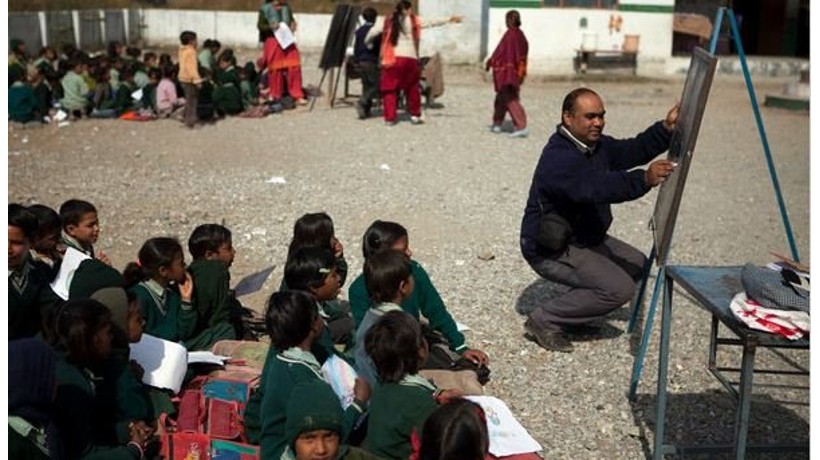Experts are of the opinion that the curriculum framed to teach students in India is based on rote learning. It causes lack of motivation in the learner as well as the teacher. Hence the mentioned sorry state. This article tries to understand how the reliable and accessible free open source in education can contribute in bringing a desirable change.
What Is The Real Issue?
- Research in Neuroscience of learning has found that humans have no intrinsic motivation to learn academic materials.
- Moreover, educational psychology mentions that apart from its selection, the presentation of the content or instructional design also plays a vital role in serving its educational and instructional objectives.
- Owing to these reasons, poorly selected and presented content of learning increase the challenges and severely affect the teaching learning experiences.
- Instructional design is a scientific method of approach to present a content in “an interesting manner” to a particular audience in order to facilitate the meeting of certain specific learning objectives in time bound manner.
- It is based on the principles of Educational Psychology and Neuroscience and the technological benefits offered by Information Technology, in dealing with issues of teaching and learning.
The Solution - Open Source In Education As A Powerful Aid
- It comprises of materials in the form of powerful software, e-books and reading materials. They are allowed to be downloaded without paying a penny.
- The number of such materials is increasing in quality and in quantity as well every day. Reputed universities are kindly sharing their rich content on the Internet for one and all and several software professionals are displaying their creativity by developing powerful e-learning software.
- These materials can be accessed from anywhere and anytime in the privacy of our homes or at work place.
- These materials are as effective as the learning products provided by the e-learning companies bought by shelling out a fairly big sum of money in urban public schools.
- The software can be customized as per the requirements as the codes are available for modification for the general public.
What Are The Potential Effects Of Free Education Content On Rural School Teachers?
- The biggest advantage of using the free content provided by the reputed universities (like Harvard and MIT) is that it is completely reliable. This helps a teacher to carry out the basic task of teaching without any apprehensions about the content, enhancing faith in his/her job.
- The powerful educational freewares are available on nearly all the aspects of teaching process, like planning, instructional design and evaluation.
- They can be skillfully included and blended with the traditional teaching aids to provide the best of the learning-experiences to the rural students deprived of the same.
- The element of novelty of this approach definitely can motivate the teachers to not only return to their work place but also be creative enough in their profession.
- The reading materials based on research findings can enhance the knowledge of the low-esteemed teachers.
- The local educated youths in the villages can be trained in instructional design and computer maintenance of open source materials.
- They can be appointed in the school after completion of their training as facilitators to the school teachers.
- In this way, the school teacher can further explore the ever widening free educational sources and leave the integration and maintenance of the selected sources to the trained facilitators.
- In this way, the standard of education and employment opportunities in villages would rise simultaneously seeking each others help.
- Use of solar panels and bio-gas plants can be made in order to ensure sustained supply of electricity to the computer systems and the internet accessories.
- However, the government needs to take up adequate steps to make the internet service providers set up the required infrastructure in the rural areas.
Conclusion: Success of one small-scale attempt of inclusion of open source educational materials in rural areas, can later allow the extension of the concept on a larger scale. Support from the local bodies like Panchayat and natives alike, is always anticipated and welcomed.
Reference:

